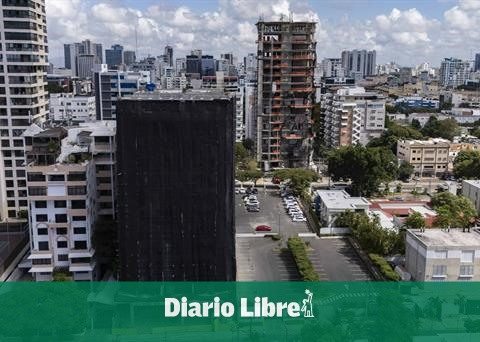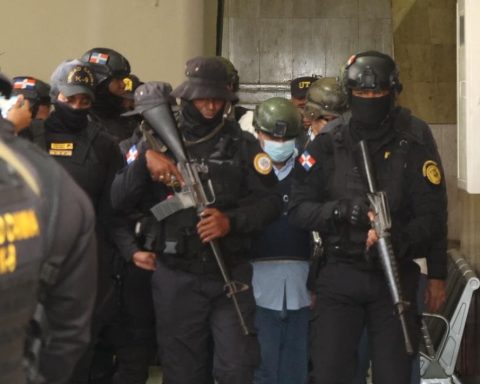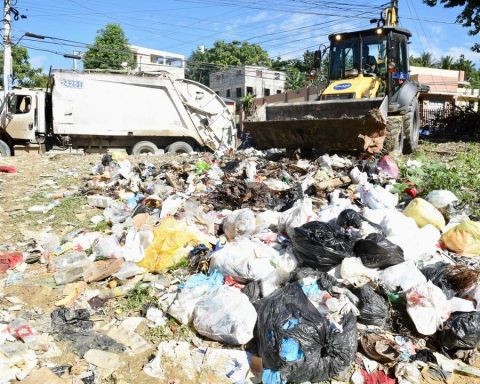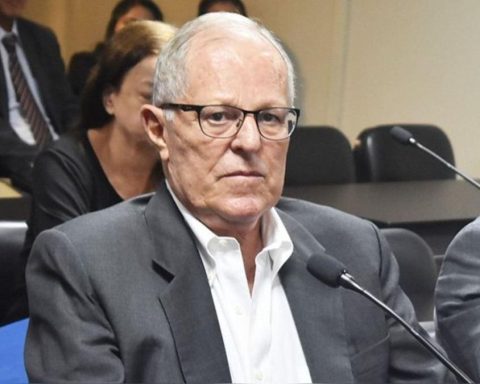Despite the fact that in the middle of last year there were continuous protestsespecially in the northern region, for long blackouts As a result of the departure of generators that presented events, in 2022 the National Interconnected Electric System (SENI) got better in terms of the amount of energy generated and supplied.
According to the most recent annual report published by the Coordinating Body of the SENI, on the operations and economic transactions in the system, the net supplied energy last year it was 20,135.68 GWh, which represents an increase of 3.63% over the 19,431.14 GWh supplied in 2021.
Besides, the gross energy generated was 22,143.59 GWh, representing an increase of 3.21% compared to the 21,455.40 GWh generated in 2021.
The total withdrawals reached 19,813.11 GWh, of which the 83.92% represents the total consumption of distributors. “The total energy losses in the system represented 1.60% of the total injection of the generators,” the report indicates.
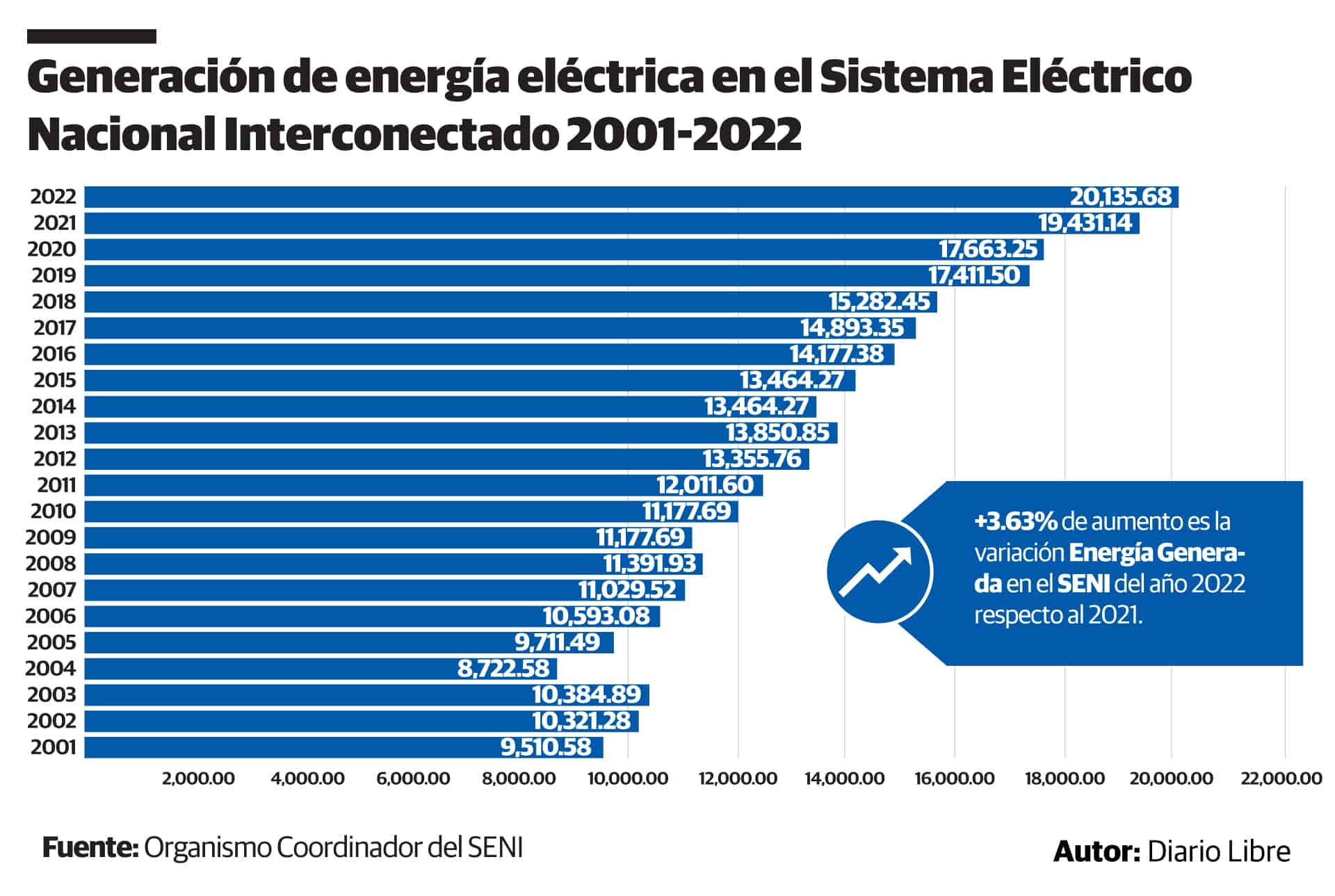
Power hours go up
The plants that operated the most hours per year past were: Quisqueya 1, Quisqueya 2, Pimentel 3, Punta Catalina 2, Parque Energético Los Mina CC and CESPM 2. They operated 8,000 hours each or more, out of the 8,760 hours of the year.
2022
8,730quisqueya 1
Gas and fuel oil #6
8,715quisqueya 2
Gas and fuel oil #6
8,712pepper 3
Gas and fuel oil #6
8,559Catalina Point 2
Coal
8,540Los Mina CC Energy Park
Natural gas
8,231CESPM 2
Gas and fuel oil #2
The total hours of shortage of energy from SENI, counting the fractions of hours where there was a shortage in 2022, was 700.10 hoursindicates the report, being less than in 2021, when there were 814.30 hours.
According to the data, the stockouts have been improving, since in 2020 it was 1,791.95 hours; in 2019 of 2,508.35 hours; in 2018 of 2,009.12 hours; and in 2017 of 1,510.30 hours.
He Coordinating Body makes the count that since 2000the year the Wholesale Electricity Market began, until 2005, the SENI was subject to strong disturbances that totaled 36 general blackoutswhile from 2006 to 2022 there were five total collapses.
The system improvement and in collapses it is attributed by the Coordinating Body to the projects developed and the control measures adopted, as well as the increase in the number of generating units in the participation of frequency regulation.
“A sustained trend towards improvement in the reliability of the SENI and a reduction in the number of total collapses”, indicates the entity in its annual report, published last week.
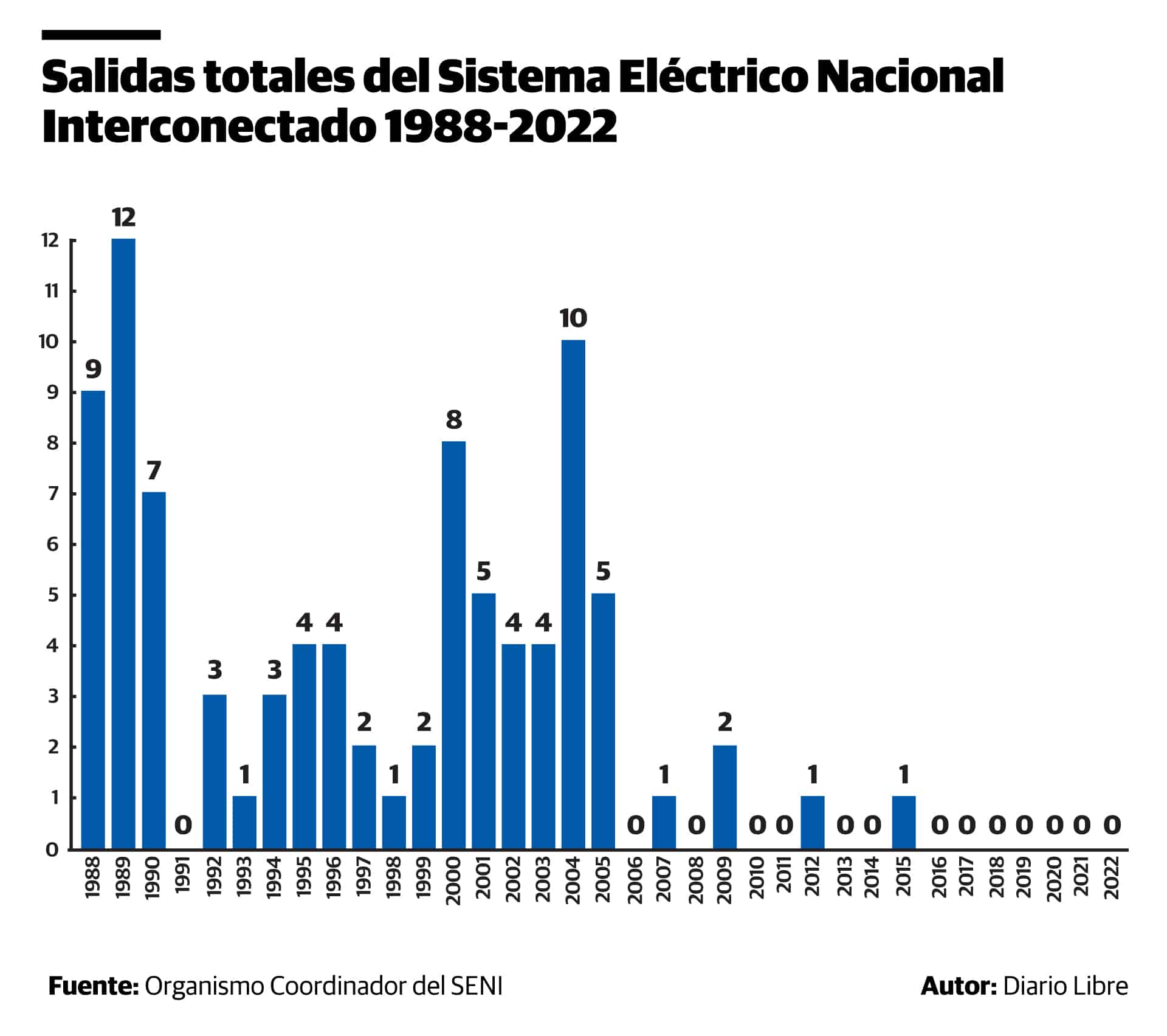
Gas and coal, main sources
Although in recent years there has been a significant increase in the participation of renewable energies in the SENI, still the natural gas and coal they have preponderance.
Last year, the 37.8% of gross generation was produced with natural gas -although it decreased 1.4% compared to 2021- and 30.7% with coal – which stayed the same.
He fuel oil #6 was the third source with 15.2%. And the generation by renewables (wind, solar, biomass and water) represented 16.1%for a decrease of 0.7% with respect to production in 2021.
Last year, economic transactions in the energy spot market (purchase and sale of short-term electricity) increased by 24.55%. They went from 42,813.51 million pesos in 2021 to 53,323.51 in 2022.





